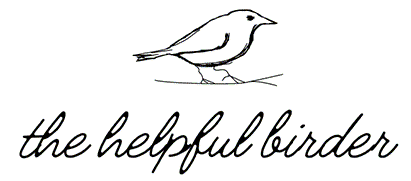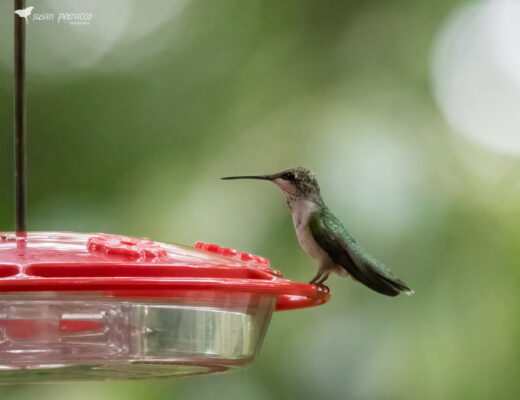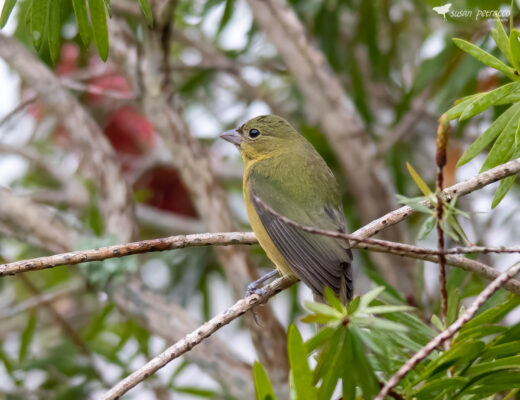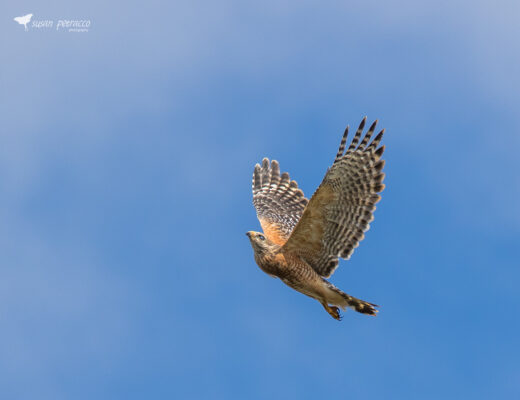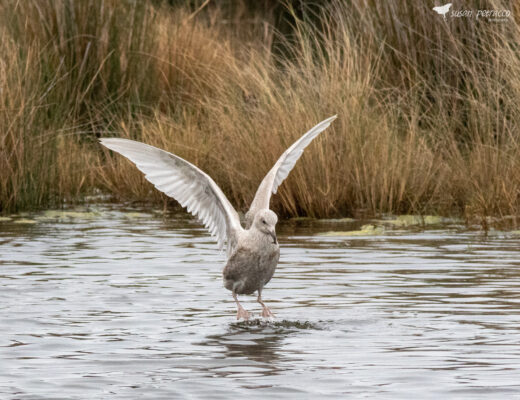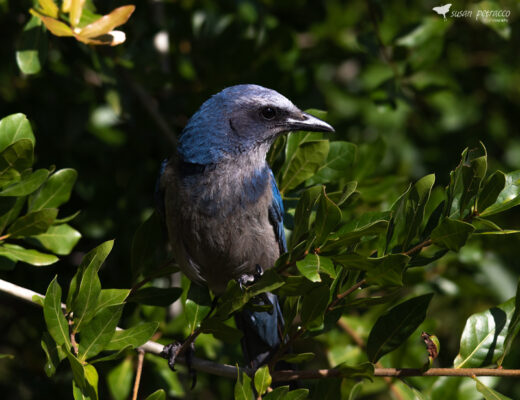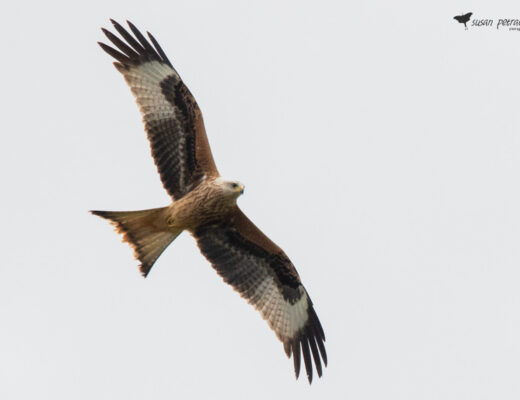Watching birds visit your backyard can be a source of joy and wonder. If you’re a homeowner who loves the company of these feathered friends, creating a welcoming bird feeding station…
-
-
Let’s delve into the enchanting world of green birds in Florida! As avid birders know, Florida is a paradise for bird enthusiasts, offering a diverse range of species. Among them, green…
-
Florida, a state renowned for its stunning landscapes and abundant biodiversity, plays host to a remarkable array of birds of prey. These majestic avian predators, often referred to as raptors, have…
-
Every year, my girlfriends and I take a trip to northwest Florida, near Tallahassee, to bird at St. Mark’s National Wildlife Refuge. It’s a great way to start out the new…
-
It’s funny, I got into birding AFTER I bought my first camera. I didn’t set up to be a bird photographer; I just wanted a DSLR camera to use. I bought…
-
One of the hardest things to photograph in nature is a bird in flight. It’s a technique that takes both study and practice. If you’d like to improve your bird in…
